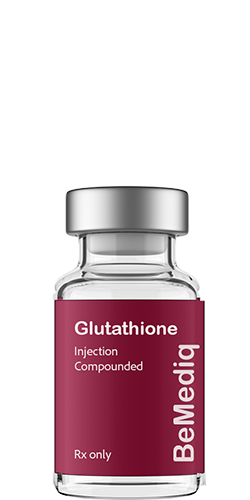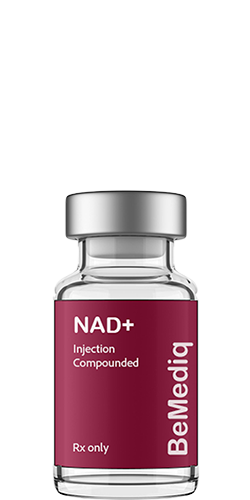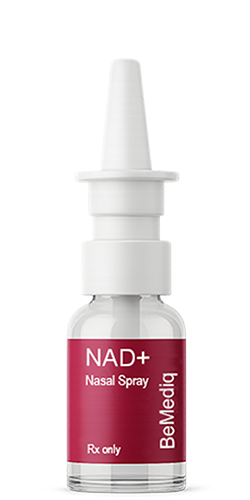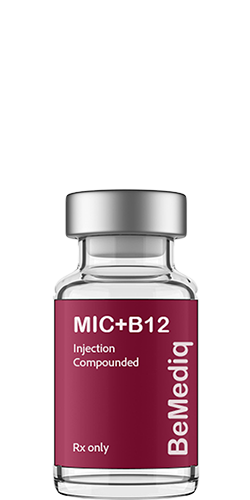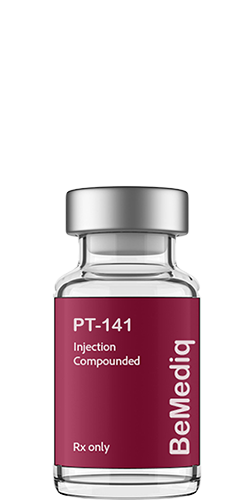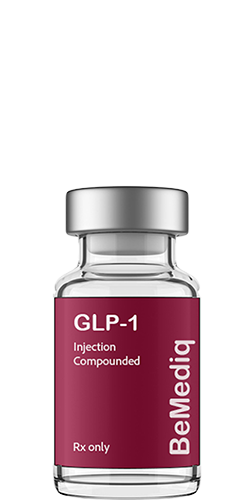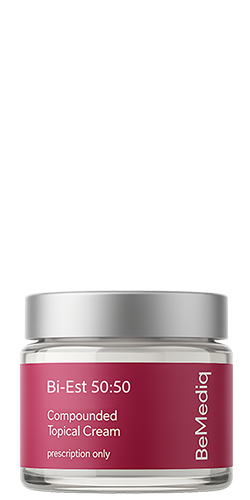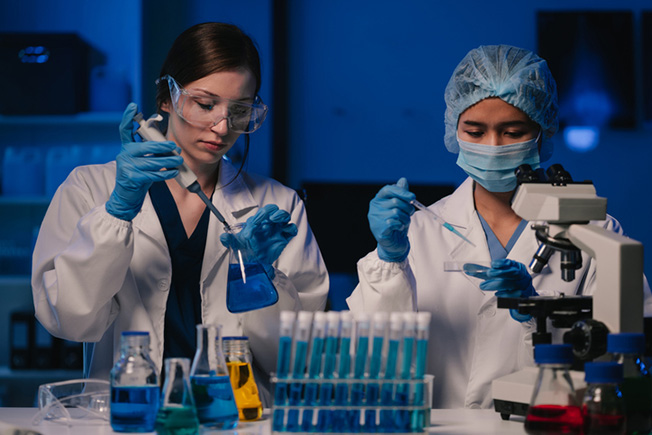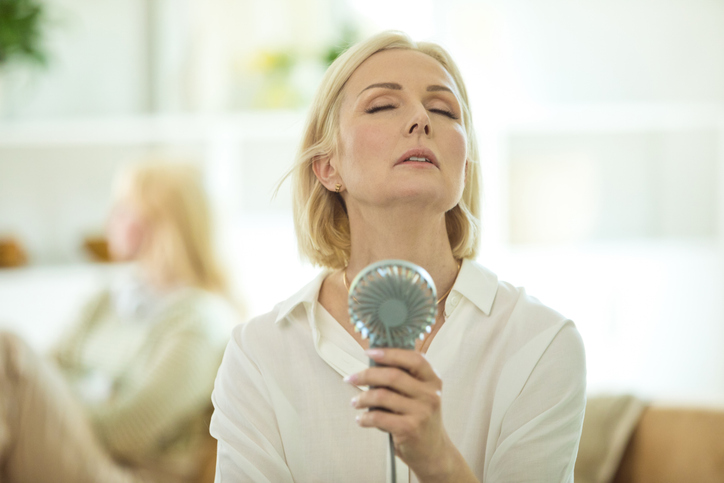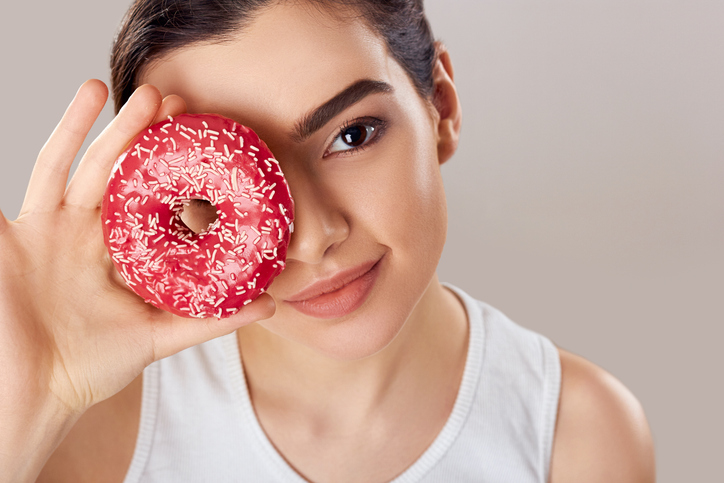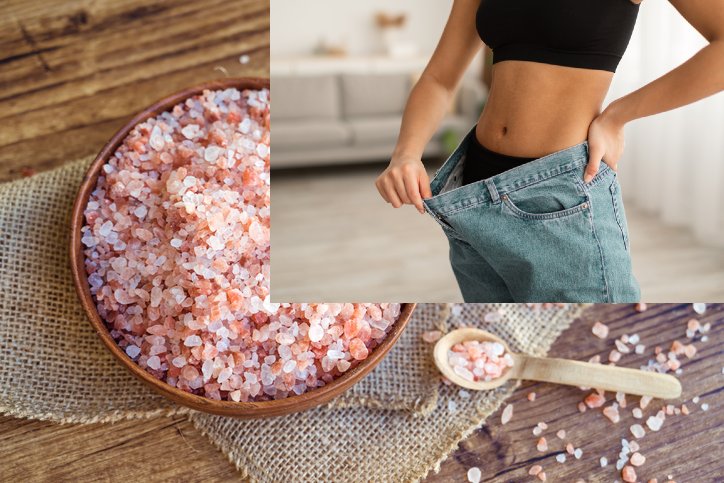From cellular defenses to cognitive decline, what science reveals about glutathione’s role in aging, memory, and women’s resilience. Spotted in PMC2585506. Based on a 2004 review in Annals of the New York Academy of Sciences by Liu, Wang, Shenvi, Hagen & Liu.

Why Glutathione Matters for Aging
Aging is not just about wrinkles or gray hair. On the inside, every cell in the body faces a slowbuild-up of oxidative stress — tiny sparks of damage caused by free radicals. The one molecule most responsible for keeping those sparks under control is glutathione (GSH), often called the body’s master antioxidant.
This review explored how glutathione changes with age — and what those changes might mean for health, brain function, and the risk of age-related diseases like Alzheimer’s.
What the Scientists Found
Glutathione levels decline with age
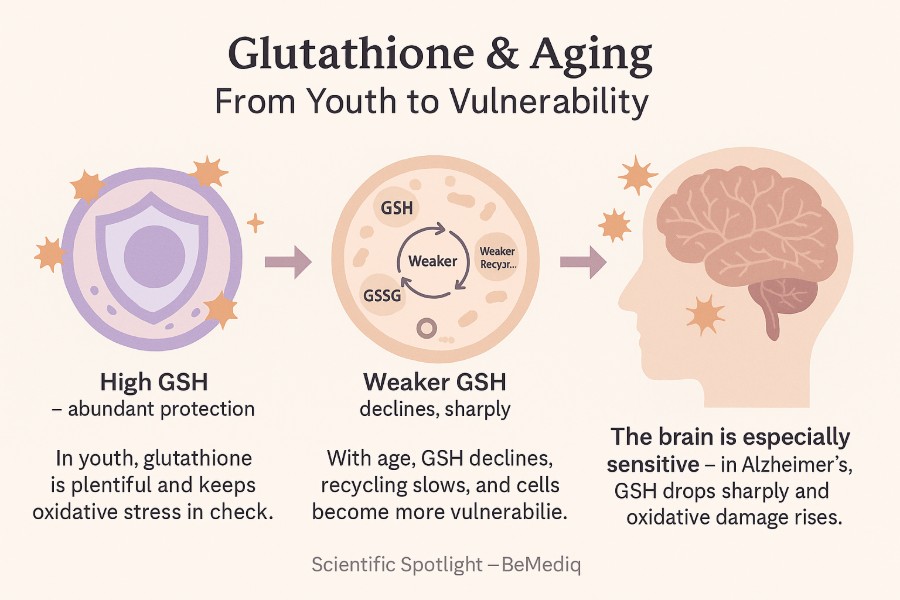
As we age, glutathione levels decline: less of the protective form (GSH), more of the “used-up” form (GSSG). Recycling enzymes slow down, leaving cells more vulnerable to oxidative stress. The brain is especially sensitive, with steep drops in GSH seen in Alzheimer’s disease.
In young, healthy cells, glutathione is plentiful and ready to defend. It exists mostly in its strong, active form (GSH). As we age, that balance changes. Levels of active GSH go down, while the “used-up” form (GSSG) goes up. In practical terms, this means the body has less protection against oxidative stress, and damage builds up more easily over time.
The Recycling System Weakens
Glutathione is meant to work in cycles: after defending the cell, it gets recharged and used again. With age, this renewal slows down. The enzymes responsible for the process —especially glutathione reductase — lose some of their efficiency. As a result, less glutathione is restored to its active form, and cells are left with weaker protection against oxidative stress.
A Key Gatekeeper: GCL
To make glutathione, the body needs a starting enzyme called glutamate-cysteineligase (GCL). This enzyme decides how much new glutathione is produced —like the faucet that controls the water flow. When GCL runs well, the body can build enough fresh glutathione to stay protected. But when GCL slows down, less glutathione is made. Over time, this means:
- fewer antioxidants are available to neutralize free radicals,
- cells can’t keep up with daily oxidative stress,
- damage from aging or chronic conditions (like diabetes or neurodegeneration) builds faster.
The Brain is Especially Sensitive
Your brain is one of the hungriest organs for oxygen — and that makes it especially vulnerable to oxidative stress. Neurons depend heavily on glutathione as their shield.
In Alzheimer’s disease, researchers consistently see a steep drop in GSH alongside rising oxidative damage in the brain. It doesn’t prove that low glutathione causes Alzheimer’s, but the association is strong: when the shield weakens, the sparks burn deeper.
This link suggests that protecting glutathione isn’t only about slowing cellular aging — it may also be one of the body’s quiet defenses against cognitive decline.
Estrogen’s Quiet Boost
The review also uncovered a surprising ally: estrogen. In mice, estrogen raised glutathione levels in several ways — not only by stimulating its production, but also by helping recycle it more efficiently. In simple terms, estrogen turned up the cell’s antioxidant wiring, making the system run stronger.
But what does this mean beyond the lab? For women in midlife, the estrogen–glutathione connection may carry real consequences. As estrogen levels fall in perimenopause and menopause, this natural boost fades — and the body’s antioxidant shield may weaken just when resilience is most needed.
A vicious cycle of aging
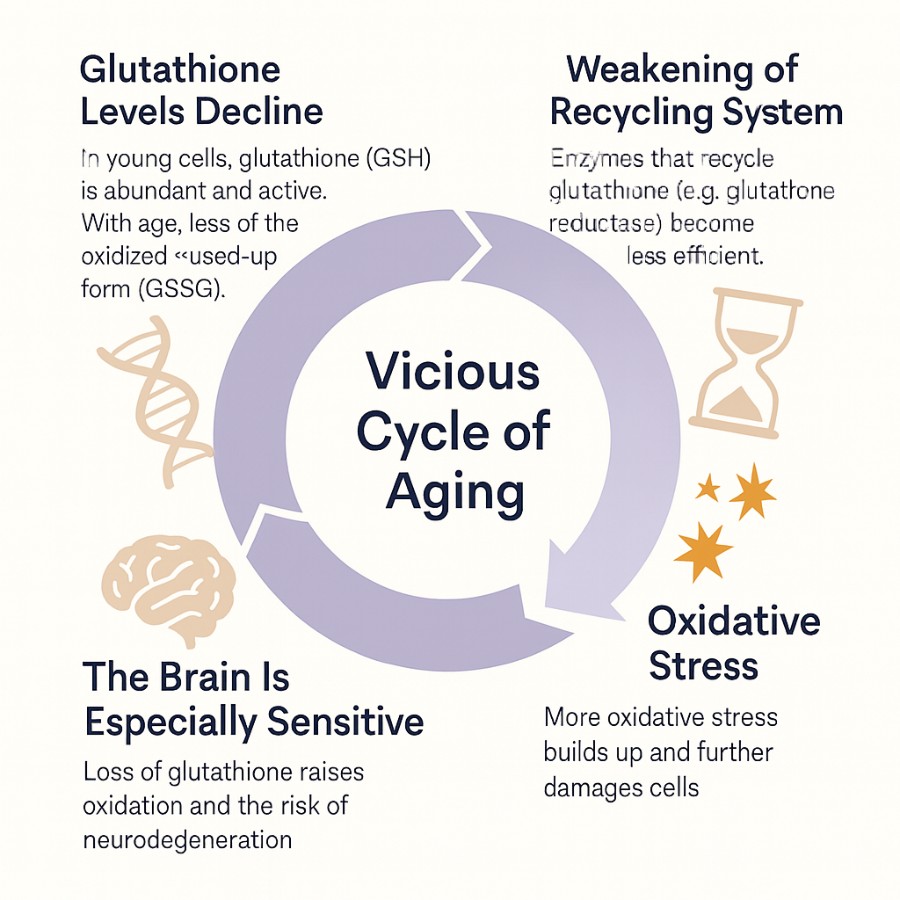
It becomes a loop that feeds on itself. With less glutathione, oxidative stress rises. The extra stress wears down the recycling system, making it harder to restore glutathione. And with weaker recycling, glutathione drops even further. Step by step, the cycle accelerates aging and chips away at the body’s resilience.
The Scientists’ Conclusion
Glutathione is not just another antioxidant — it is a central player in the biology of aging. Its decline is both a marker of age and a driver of age-related disease. By understanding and supporting glutathione metabolism — through lifestyle, nutrition, and possibly targeted supplementation - we may hold a powerful tool for strategies aimed at healthy aging, longevity, and even neuroprotection.
For more on how glutathione can be supported through diet, lifestyle, and advanced strategies, see our companion piece: “Scientific Spotlight – How Can We Raise Glutathione Inside Cells?
Takeaway for Anti-Aging:
Maintaining glutathione is like maintaining the body’s fire brigade. As long as the engines are strong, cells can put out oxidative sparks before they spread. Once glutathione declines, the fires burn stronger and longer, accelerating the visible and invisible signs of aging.
A Note for Women in Midlife
Translating thescience into practical insights
1. What the study shows
In mice, estrogen boosted glutathione at multiple levels — by increasing supply and by improving recycling. It acted like a natural amplifier for the antioxidant system.
2. What this means for women
When estrogen drops in perimenopause and menopause, that amplifier is switched off. This may help explain why women often notice:
- more oxidative stress (fatigue, slower recovery, skin changes),
- greater vulnerability to chronic conditions (cardiovascular, cognitive, metabolic).
In short: less estrogen → less glutathione → less protection → more oxidative strain.
3. Which influences which?
Evidence suggests estrogen drives glutathione, not the other way around. Glutathione acts as the mediator carrying many of estrogen’s protective effects.
4. Practical takeaways
Whether or not hormone therapy is chosen, supporting glutathione could help maintain resilience.
- Hormone therapy (HRT): may partly restore glutathione’s protection, since estrogen itself has antioxidant actions.*
- Supporting glutathione — with lifestyle choices, precursors like NAC and glycine, and, when appropriate, medical options such as nasal or injectable forms — can help complement the body’s defense system.
5. Should glutathione be added to HRT?
It’s an intriguing idea, but still experimental. The current evidence comes from animals, not women, and no clinical guidelines recommend a standard combination. Glutathione therapies (nasal, injections) should always be considered with professional guidance.
In simple language:
Estrogen acts as a booster for glutathione. When estrogen falls, the shield of glutathione often weakens too. For women, this means that alongside hormone decisions, supporting glutathione may be another way to protect cells, energy, and resilience through the menopausal transition.
Reference:
Liu H, Wang H, Shenvi S, HagenTM, Liu RM. Glutathione metabolism during aging and in Alzheimer disease.Ann N Y Acad Sci. 2004 Dec;1019:346-9. doi:10.1196/annals.1297.059. PMID:15247041.
*Disclaimer: This Spotlight summarizes a scientific review (Liu et al., 2004). It is educational and not medical advice. Findings about estrogen are from animal models; treatment decisions (including hormones or supplements) require individualized clinical guidance. These statements are for informational purposes only and have not been evaluated by the Food and Drug Administration. This content is not intended to diagnose,treat, cure, or prevent any disease. Always consult a licensed healthcare provider before starting any supplement or therapy.

Written by Elena Brull, FNR, Functional Nutrition Researcher & Women’s Health Journalist
About the Author
Elena Brull, FNR, is a Functional Nutrition Researcher and Women’s Health Journalist specializing in integrative approaches to hormonal balance, nutrition, and longevity. Her work combines evidence-based insights with holistic health principles to help women understand their biology and live in rhythm with it. She writes from a non-clinical, educational perspective — with the intention to inform and empower, not to diagnose or prescribe.

